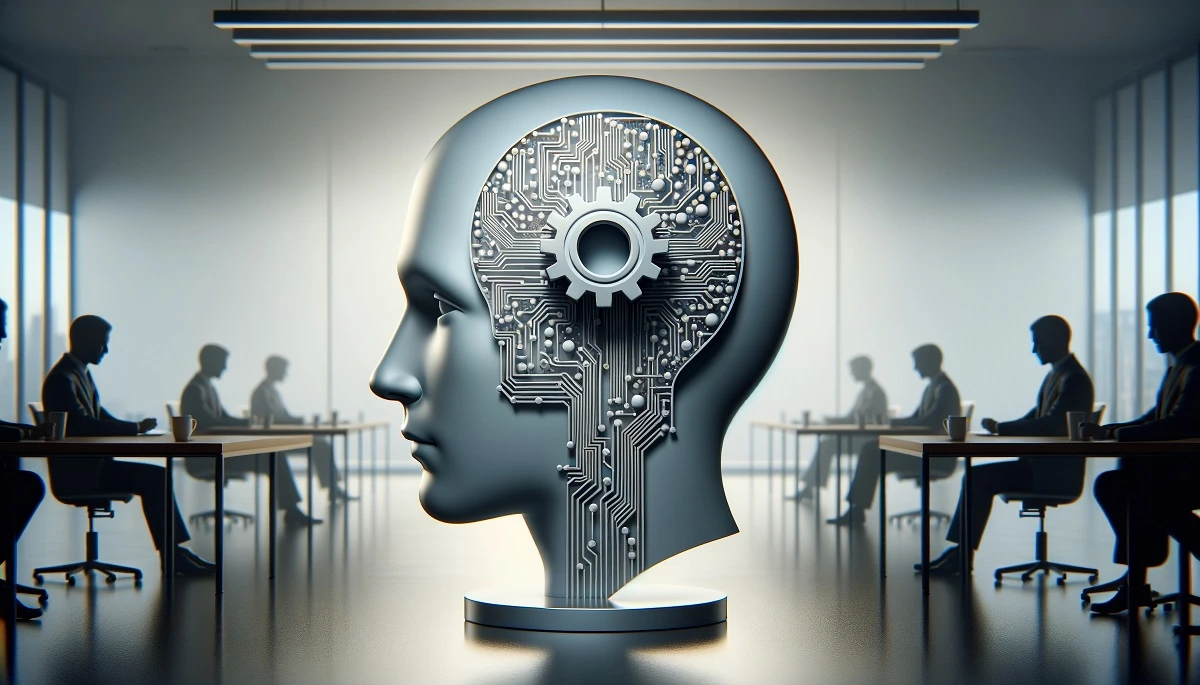Artificial intelligence is transforming how we live, work, and communicate. From content creation to data analysis, generative AI has become a powerful tool across industries. Yet, despite its rapid growth, there is a striking imbalance men appear to use generative AI far more frequently than women.
This gender gap in AI usage is not just a statistical observation it raises important questions about access, education, workplace dynamics, and societal perceptions of technology.
A recent working paper on global adoption of generative AI revealed that men are significantly more likely than women to integrate AI into both professional and personal life.
For example, men report using tools like ChatGPT, MidJourney, or AI coding assistants more regularly, while women are less represented in these user bases.
The gender gap in AI usage is not limited to a single country it appears across regions, industries, and educational levels. Researchers suggest that cultural expectations, unequal access to STEM education, and workplace hierarchies all contribute to this divide.
To understand the roots of this issue, let’s consider insights from experts in technology and gender studies, Dr. Sarah O’Connor, AI Ethics Researcher. Technology adoption often reflects existing social structures. If men dominate in tech oriented jobs, they will naturally experiment more with generative AI.
But the real concern is whether women are being excluded, or whether the tools themselves fail to speak to women’s needs. James Li, Data Scientist Many of my male colleagues use generative AI daily to automate tasks or brainstorm code.
In contrast, women in the office especially those in non technical roles seem hesitant. Some worry about accuracy, while others feel they lack the technical expertise. The divide isn’t about intelligence it’s about confidence and exposure.
These perspectives highlight that the gender gap in AI usage is shaped by confidence, accessibility, and workplace culture.
AI in the Workplace
Consider the case of a large multinational marketing firm. The company introduced generative AI tools to speed up campaign creation. Surveys conducted six months later revealed that 70% of male employees reported regular AI use, compared to only 38% of women.
When asked why, women cited two primary concerns, Fear of mistakes They worried that relying too heavily on AI could result in errors they would be blamed for. Lack of training Many women reported they had not received clear instructions on how to maximize AI tools.
This example demonstrates that the gap isn’t about ability it’s about whether employees are given the right resources and encouragement.
Outside of work, the gap continues. A study of AI powered apps, such as writing assistants, voice based learning platforms, and art generators, found that men were twice as likely as women to use them regularly.
One reason could be that women already shoulder disproportionate responsibilities at home and may not have the time or motivation to explore new technologies.
Additionally, many consumer AI tools are marketed in ways that appeal to male dominated interests like gaming, finance, and coding, leaving women underrepresented.
To move beyond data, it’s important to hear personal stories. Ayesha, 32, Educator I’ve seen my male colleagues dive into AI lesson planning tools, but I hesitated. I worried about plagiarism, accuracy, and whether it would even fit into my classroom needs.
Eventually, I tried it and realized how much time it saved but I wish I had been introduced earlier. Maria, 28, Software Developer, I use AI daily to write and debug code. Honestly, I don’t think my female peers avoid AI they just don’t talk about it as openly.
There’s already pressure in male dominated tech fields. Sometimes women don’t want to risk being labeled as too dependent on AI. These stories reveal that the gender gap in AI usage is partly psychological.
Fear of judgment, lack of role models, and societal expectations make women more cautious in adopting AI, even when they see its benefits.
The Risks of an Unbalanced AI Future
If the gender gap persists, it could deepen existing inequalities in the workforce. Jobs of the future will increasingly require AI literacy. If men continue to lead in this area, they may gain disproportionate advantages in promotions, salaries, and influence in shaping AI driven industries.
Moreover, if women are underrepresented among AI users, their perspectives will be underrepresented in shaping how AI develops. That risks creating tools that are biased toward male preferences, further entrenching inequality.
Experts suggest multiple strategies to address the gender gap in AI usage, Training and Education Companies and schools should offer gender sensitive AI workshops to boost confidence and skills among women.
Role Models and Mentorship Highlighting women leaders who use AI successfully can inspire more women to engage with the technology. Accessible Design Developers should consider diverse needs when designing AI tools, ensuring interfaces are intuitive and inclusive.
Policy and Support Governments and institutions should integrate AI literacy programs with a focus on reaching underrepresented groups. At its core, the gender gap reflects long-standing systemic issues.
Women are underrepresented in STEM fields, face barriers in tech driven industries, and often carry heavier responsibilities outside work. These challenges reduce their time, confidence, and motivation to adopt new technologies like AI.
But this cycle can be broken. As AI becomes more central to the economy, women cannot afford to be left behind. Efforts to reduce the gap must not only encourage women to adopt AI but also challenge stereotypes about who is naturally inclined toward technology.
The gender gap in AI usage is a complex issue with roots in education, workplace culture, and societal expectations. While men currently lead in adopting generative AI, women’s participation is vital to ensure an equitable and inclusive digital future.
Case studies, expert opinions, and personal experiences show that this gap is not about ability it’s about access, encouragement, and perception.
By investing in education, mentorship, and inclusive design, society can bridge the divide. The future of AI should be built by everyone not just half of the population.

